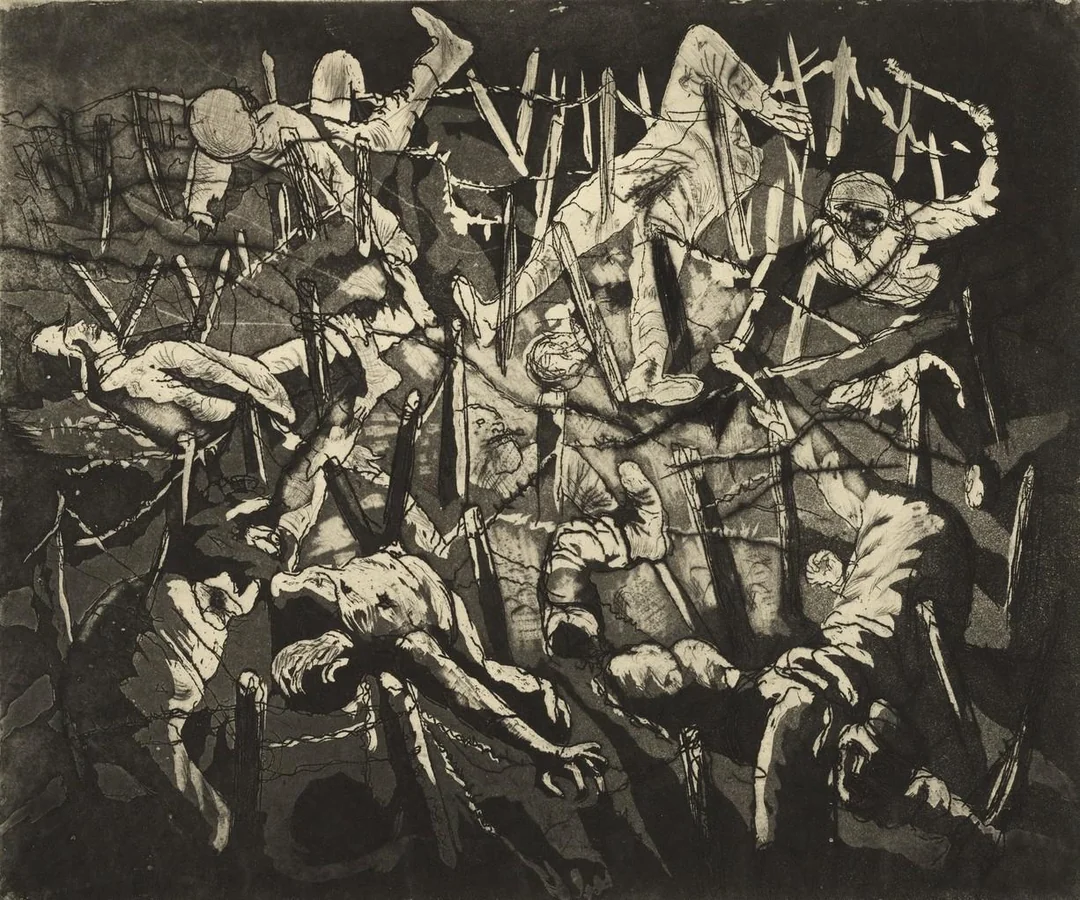Otto Dix

Otto Dix, born in 1891 in Germany, turned the battlefield into his canvas and human suffering into his palette. A soldier in World War I and a leading figure in the Neue Sachlichkeit (New Objectivity) movement, Dix rejected romanticized heroism in favor of harsh truth. His portraits, war scenes, and grotesque social satires peeled back the surface of Weimar Germany to expose the psychological and physical wreckage of a society in decay.
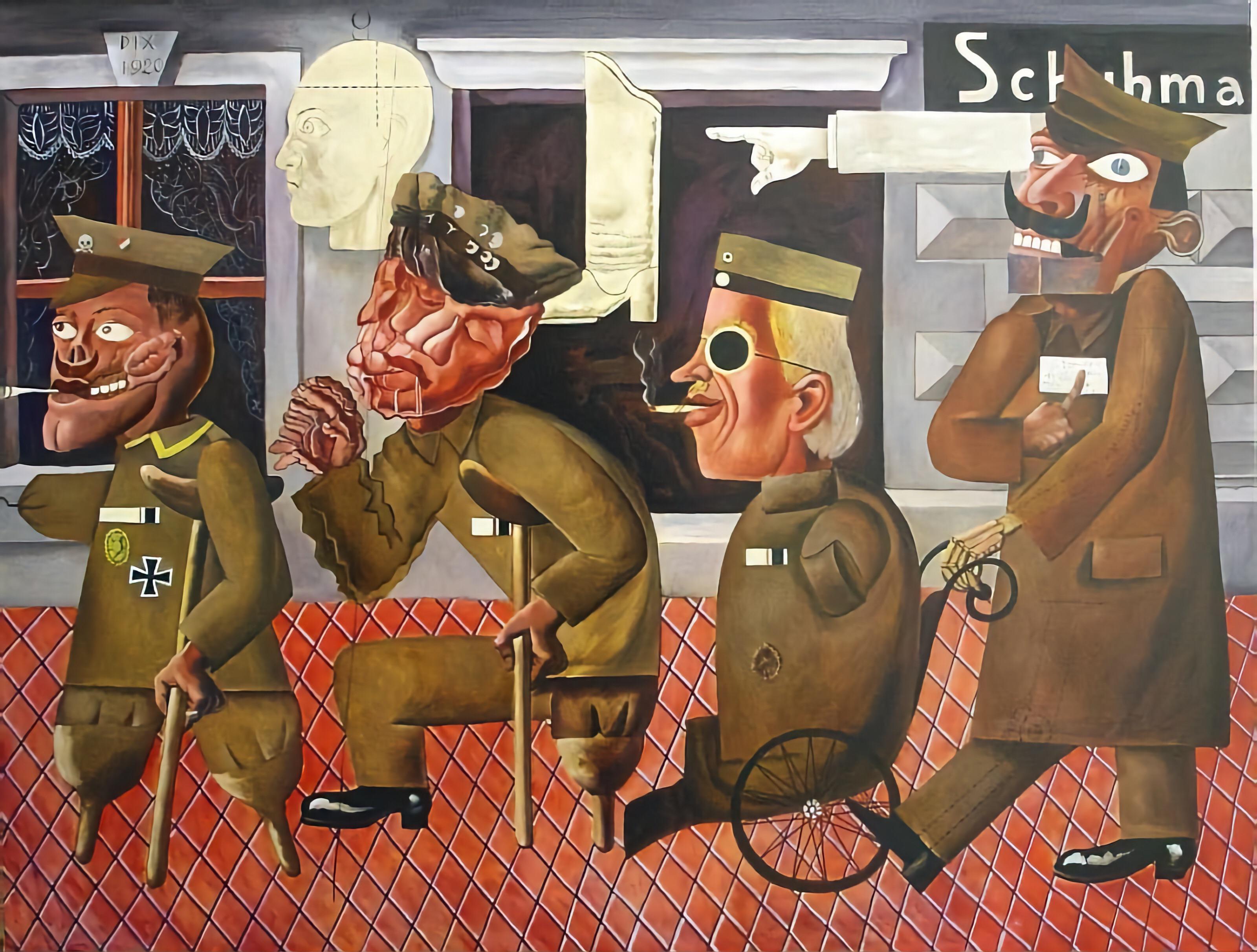
His 1924 etching series 'Der Krieg' (The War), created a decade after the trenches, stands among the most graphic anti-war statements in art history. Inspired by Goya and forged from personal trauma, it depicts rotting corpses, amputated limbs, and the haunted stares of survivors. Dix didn’t glorify violence he dissected it, drawing with the precision of someone who had seen too much and refused to let others look away.
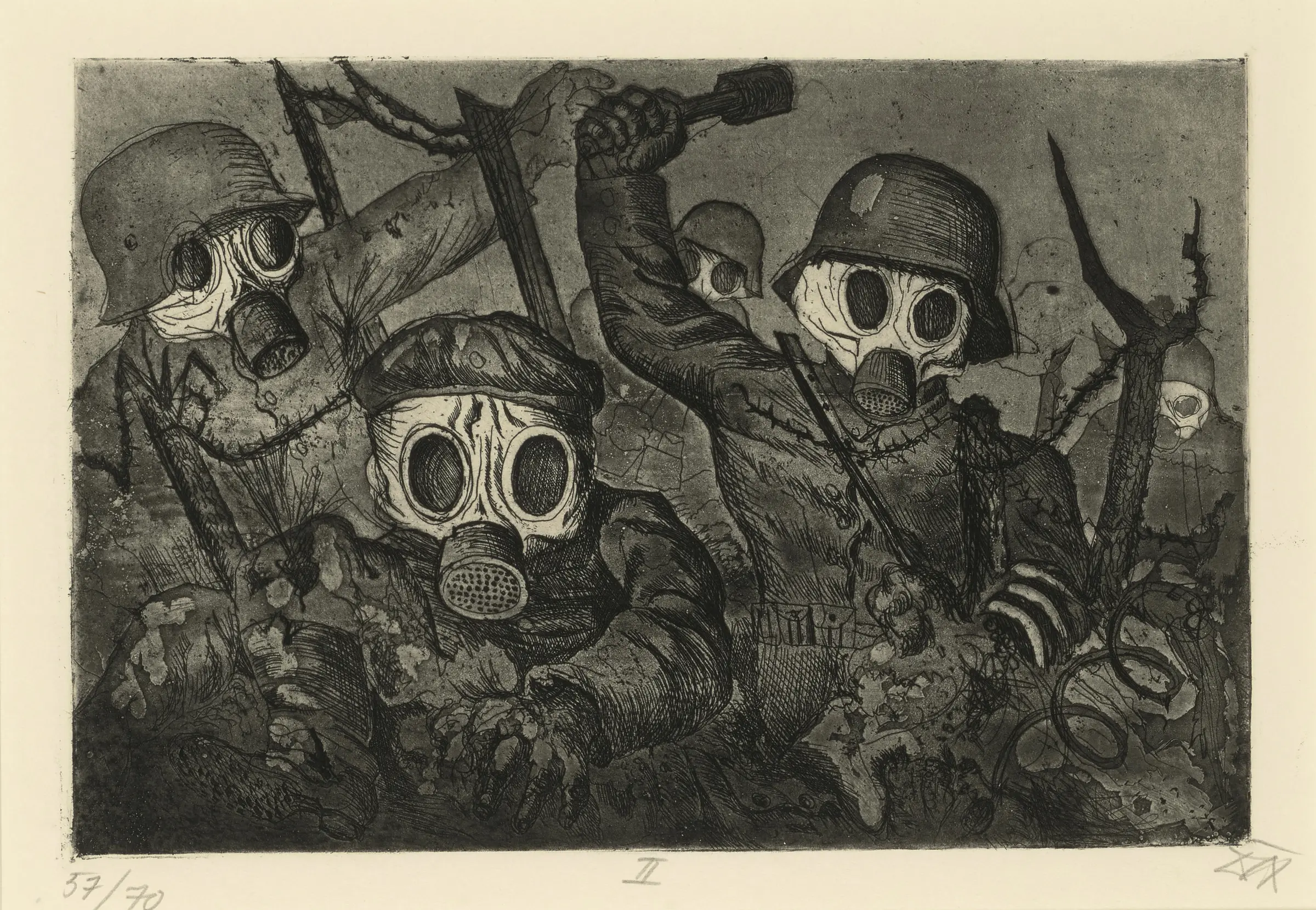
In the aftermath of war, Dix turned his gaze to the broken bodies and fractured morals of postwar life. His grotesque portraits of war veterans with prosthetic limbs and his chilling depictions of sex workers weren’t for shock, they were indictments. Through distorted figures and razor-sharp detail, he exposed the cost of nationalism, militarism, and unchecked power. Beauty wasn’t his goal. Truth was.
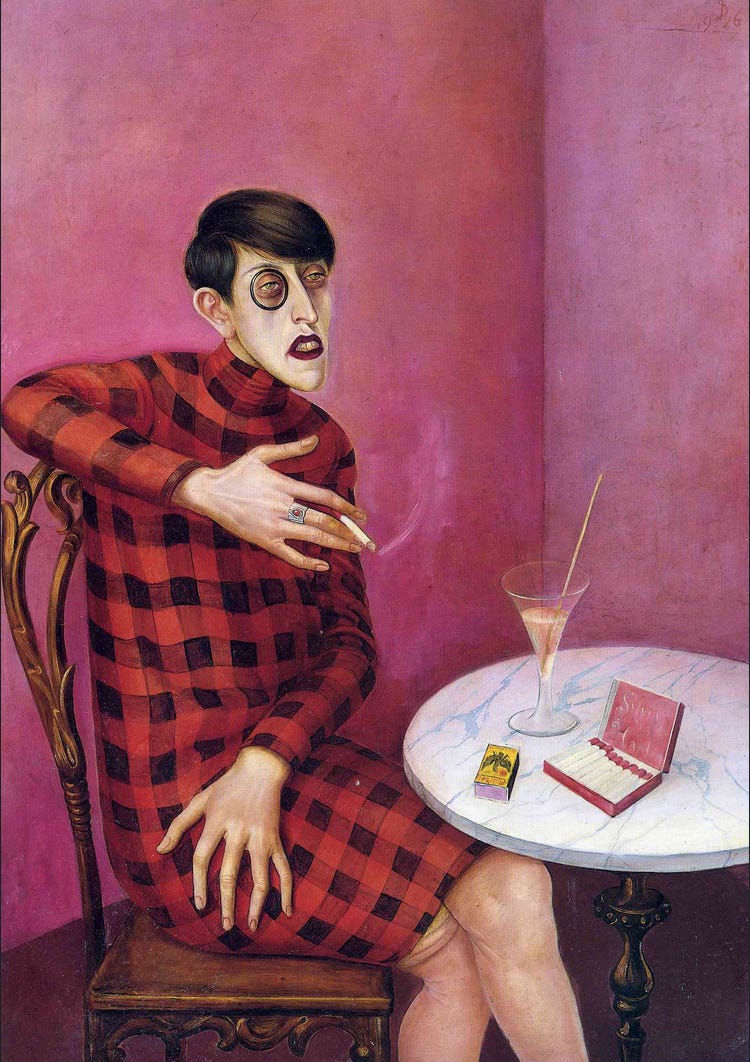
Branded ‘degenerate’ by the Nazis, stripped of his teaching position, and censored by the regime, Dix continued to paint in exile, shifting toward allegory, landscape, and religious themes to survive. Still, the edge of his vision never dulled. He painted wounds, not to heal them, but to ensure they were never forgotten. Otto Dix made art that stared back—demanding that history be remembered, not rewritten.
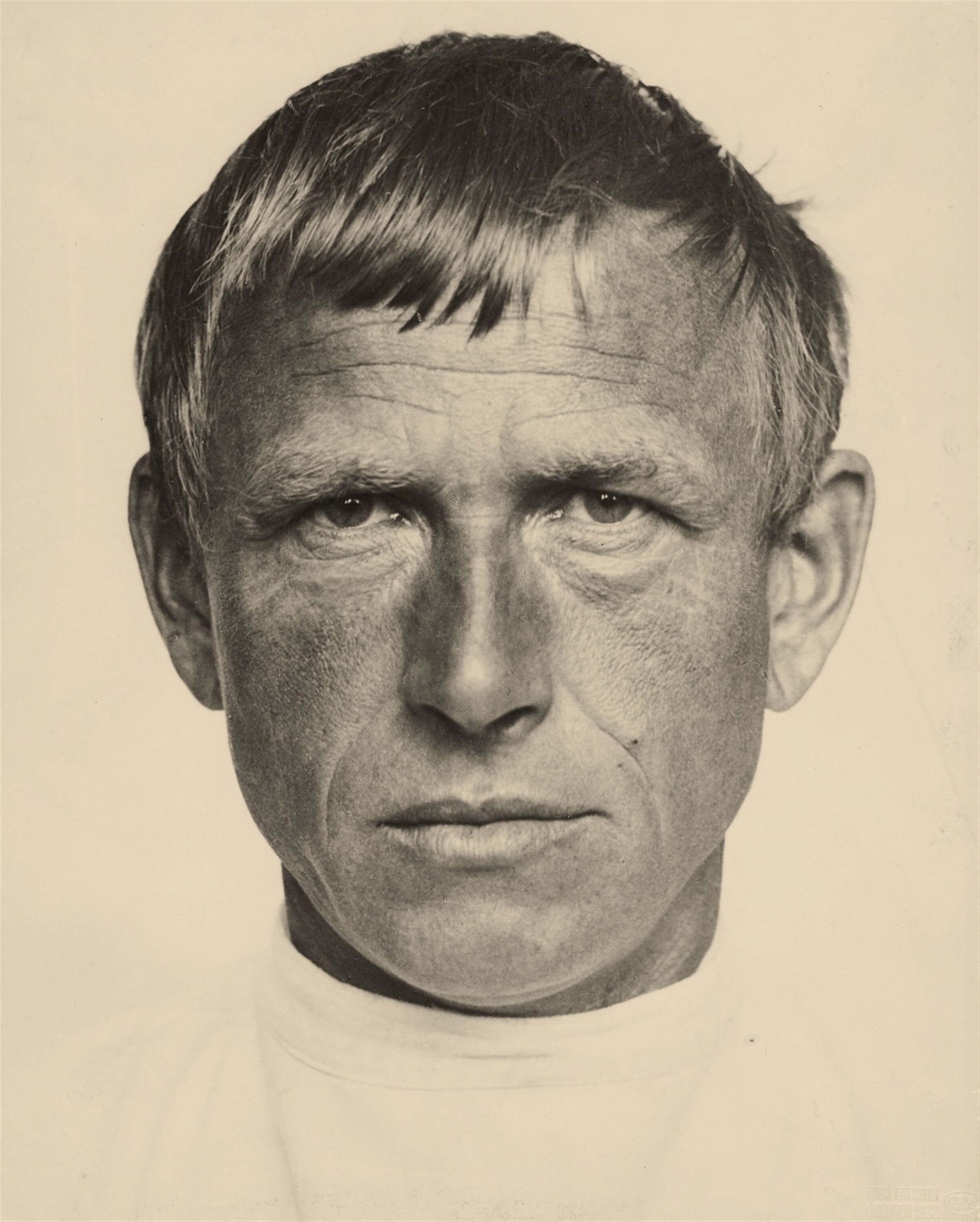
?
How did Otto Dix’s experience in World War I shape his artistic voice?
What is Neue Sachlichkeit, and how does it differ from Expressionism?
Why were Dix’s artworks seen as threatening by the Nazi regime?
What does 'Der Krieg' reveal about the realities of war?
How does Dix’s portrayal of Weimar society critique capitalism and decadence?
What artistic techniques did Dix borrow from the Old Masters?
In what ways did Otto Dix combine realism with allegory in his later works?
How does Dix compare to other anti-war artists like Goya or Käthe Kollwitz?
Dig Deeper
Otto Dix was a German artist known for his unforgiving depiction of the Great War and the society of Weimar Republic.
Discover more

Käthe Kollwitz
Käthe Kollwitz gave form to heartbreak. Her art, shaped by personal loss and political fury, turned private grief into public protest. Through lines etched in agony, she showed that mourning could be resistance—and that the most powerful weapons against war and injustice might be hands stained with ink, not blood. Her work reminds us: the role of the artist is not just to bear witness, but to speak for those silenced by history.

Salvador Dalí
Dalí showed the world that imagination has no limits. By turning dreams into masterpieces, he dared us to embrace the strange, the surreal, and the deeply personal. His art reminds us that creativity isn't about following rules, it's about rewriting them.

Rembrandt van Rijn
Rembrandt didn’t just paint people, he painted truth. He captured the flaws, feelings, and fleeting moments that make us human. His life reminds us that even when the world turns its back, honest expression has a power all its own.
Further Reading
Stay curious!
